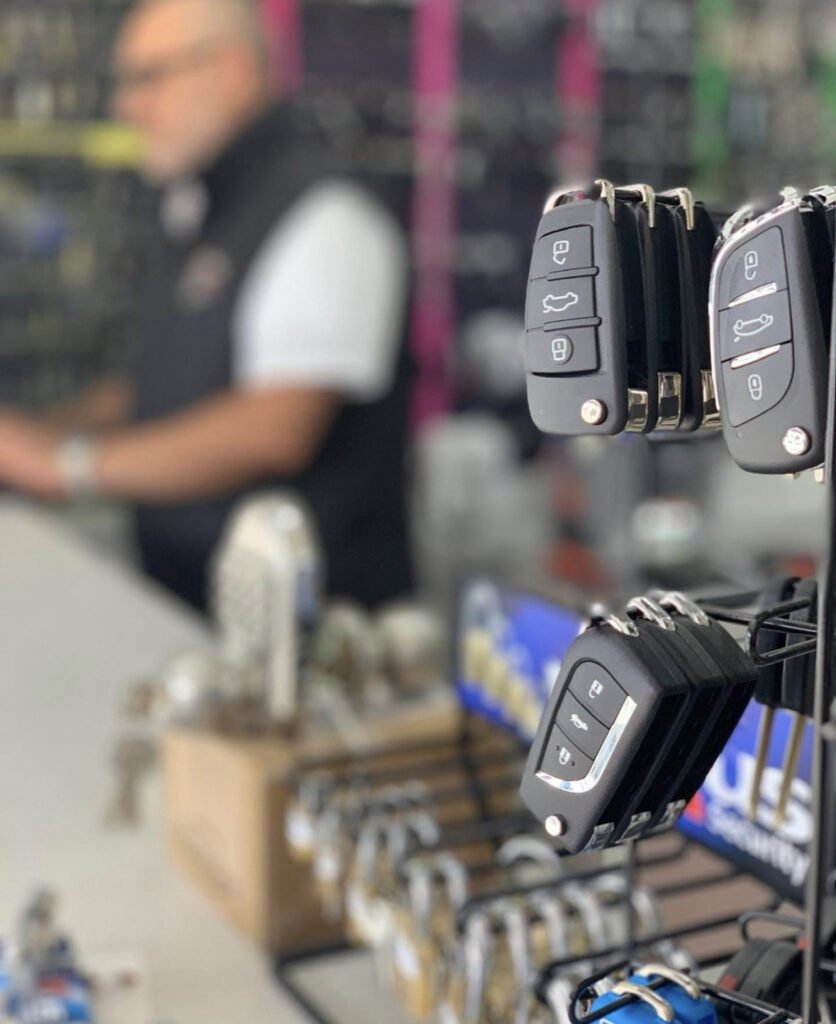Automotive Diagnostics
There are many kinds of diagnostic tools that are suitable to diagnose automotive issues. They include back-pin probing Pattern recognition algorithms and Component Failure Warning systems. In addition to identifying components that are failing These diagnostic tools can also help you communicate with a remote assistance facility. These tools are essential to ensure that your vehicle is safe on the road.
Component failure warning system
Modern vehicles have many electronic and internal systems to monitor the performance of the vehicle. A malfunction can cause these systems. A warning signal will be given to the driver when something in the vehicle isn't functioning correctly. Some warning lights will signal a minor issue, for instance, a leaky gas cap, while other could indicate a more serious problem.
A system that detects malfunctions can store information that will aid a repair technician determine the issue and then fix it. Repair technicians are able to swiftly solve the issue if it is discovered in time. The owner of a vehicle can increase its security and reduce maintenance costs by following these warnings.
Modern vehicles come with an onboard computer diagnostic system that continually monitors all major systems and functions of the vehicle. It also monitors the efficiency of fuel and harmful emissions. If a component fails, a warning light will appear on the dashboard. This system, called OBD is found on personal vehicles, trucks and commercial vehicles. It is now an industry standard and makes diagnosing much easier.
These alerts are issued in the form of Diagnostic Trouble Codes, or DTCs, which are the result of a diagnostic procedure that determines the root cause of the issue. thekeylab.co.uk require a thorough search for service information and pin-point inspection of the vehicle, as well as examining the affected areas. To identify the problem with your vehicle it is crucial to understand the meaning behind these codes.
Communication between a vehicle and the remote assistance facility

Remote assistance devices can only work with your vehicle if you have an option to communicate with it. V2V communication (vehicle-to-vehicle) is a method to connect with other vehicles wirelessly and share information. This technology allows for the transmission of omni-directional communications up to 10 times per second. It assists vehicles in maintaining the full view of their surroundings. It also gathers data from nearby vehicles to alert drivers of upcoming accidents. These systems can also use tactile, audible, and visual alerts to assist drivers avoid crashes.
Back-pin probing
Back-pin probing can be described as a technique in automotive diagnostics that utilizes a sharp pin to connect with connectors in the automotive. These probes can be used in all vehicles and are typically inexpensive. These probes are useful for measuring live circuits without damaging connectors. This process removes the need to cut wire insulation.
The use of back-probing in automotive diagnostics is highly favored by many repair technicians since it is easier and safer than the process of piercing wire insulation. These tools are easily inserted into automotive connectors with various tips. A lot of back-probes with specialization have a smaller diameter, which reduces the leverage applied to the connector.
Some diagnostic kits for cars contain several connectors and probes like banana plugs, alligator clips, and pointed probe tips. Some kits come with different test kits. These kits allow you to quickly and easily look for possible issues with the electrical system of your vehicle.
Back-pin probing is among the most efficient ways to test automotive connectors. It lets you quickly connect or disconnect the test leads. Another advantage of this method of diagnosis is that it's cost-effective. This method can help you save time, money as well as labor.
On-board diagnostics
The health of your vehicle can be monitored by the on-board diagnostics. They can also be alerted when their vehicle requires maintenance or repair. This technology will increase fuel efficiency and reliability. It can also inspire car manufacturers to produce better engines as well as improve car safety. These systems also assist drivers in saving time and money, allowing them to see how their vehicle is performing without having to visit mechanics.
Before the advent of standard on-board diagnostics and on-board diagnostics for manufacturers, they developed their own systems. The first versions of the system used their own connectors that were proprietary to them electronic interfaces and custom codes that were used to identify a problem. The first systems were introduced between the years 1968 and 1978 by Volkswagen and Datsun. The Society of Automotive Engineers (SAE) eventually required all cars to have the technology. In addition, in 1994, California's law mandated that all vehicles be equipped with on-board diagnostics.
On-board diagnostics systems have become so sophisticated that they rival the computing power of a desktop computer. They can communicate with numerous mid-speed networks , and handle massive amounts of data. A lot of on-board diagnostics systems have an auto speed sensor which can detect rough roads precisely. The sensors are incorporated into the engine control unit of the vehicle, or ECU.
If the engine of a car is experiencing problems it is possible that the OBD system can detect the issue and then turn on a warning light in the instrument cluster. After the OBD system has detected the issue, it saves a diagnostic code. A mechanic is able to connect a scanner to the OBD connector under the dashboard to read the trouble code. A mechanic may not be able to read the trouble code, however, it can help him identify what is wrong.
